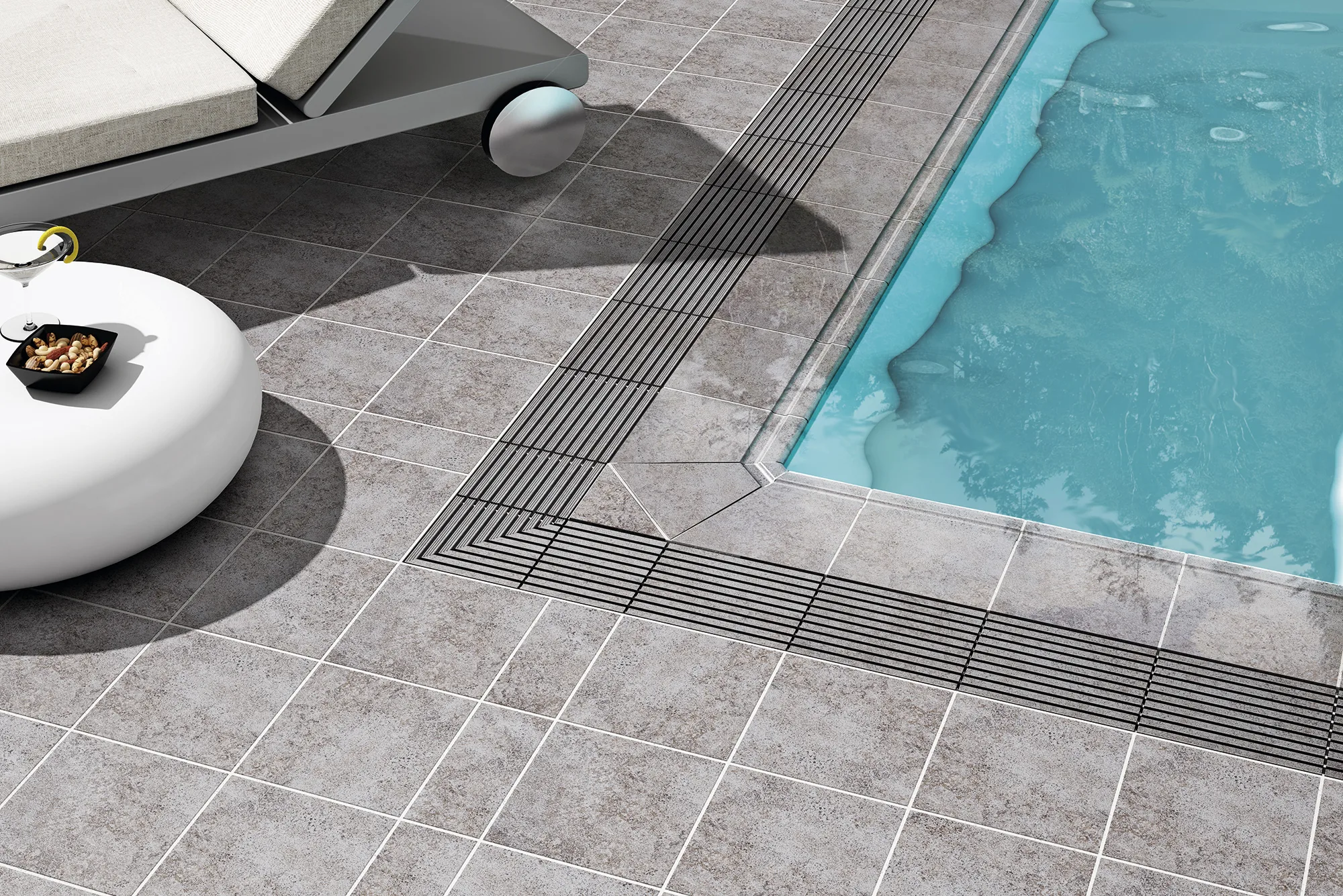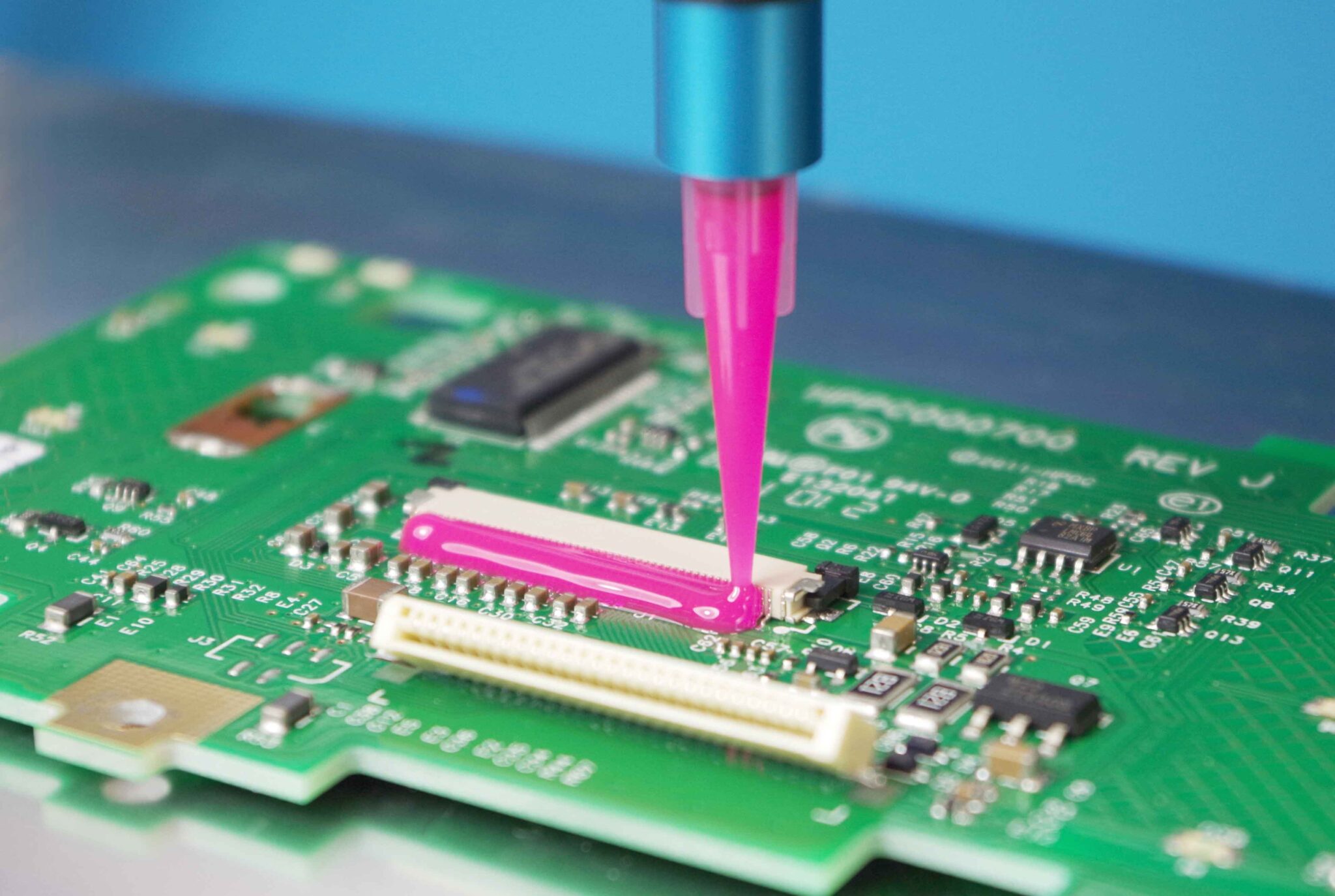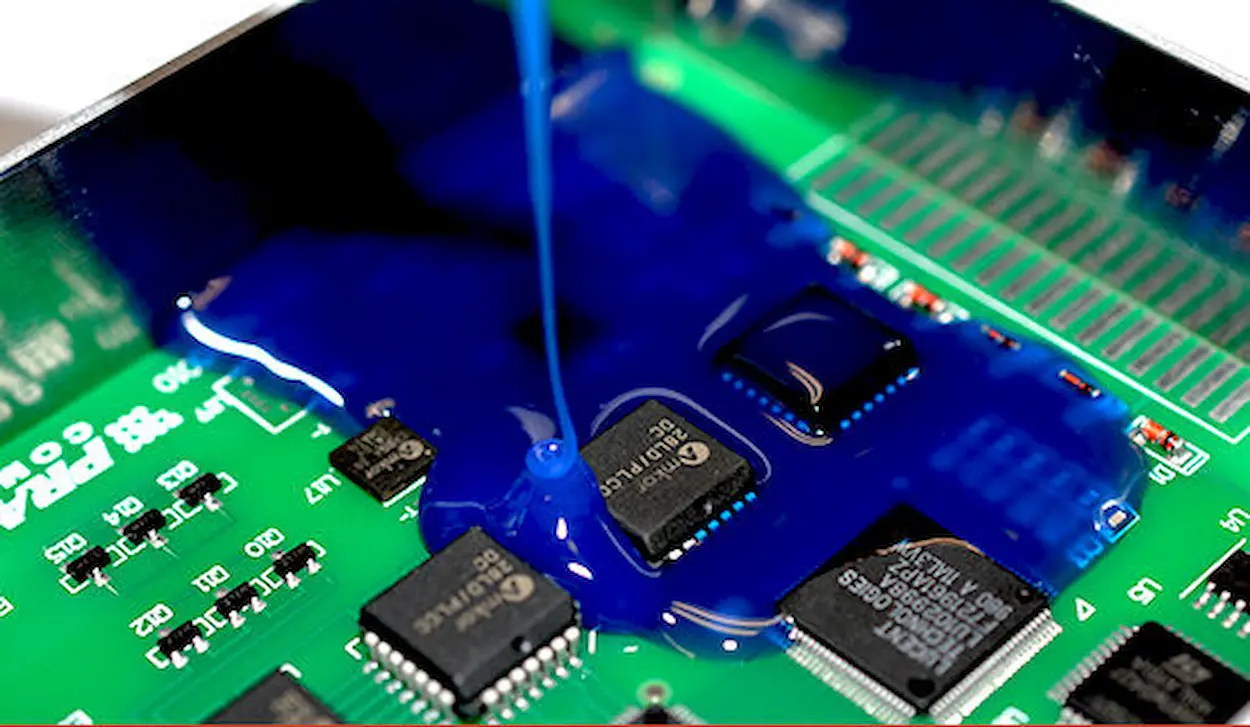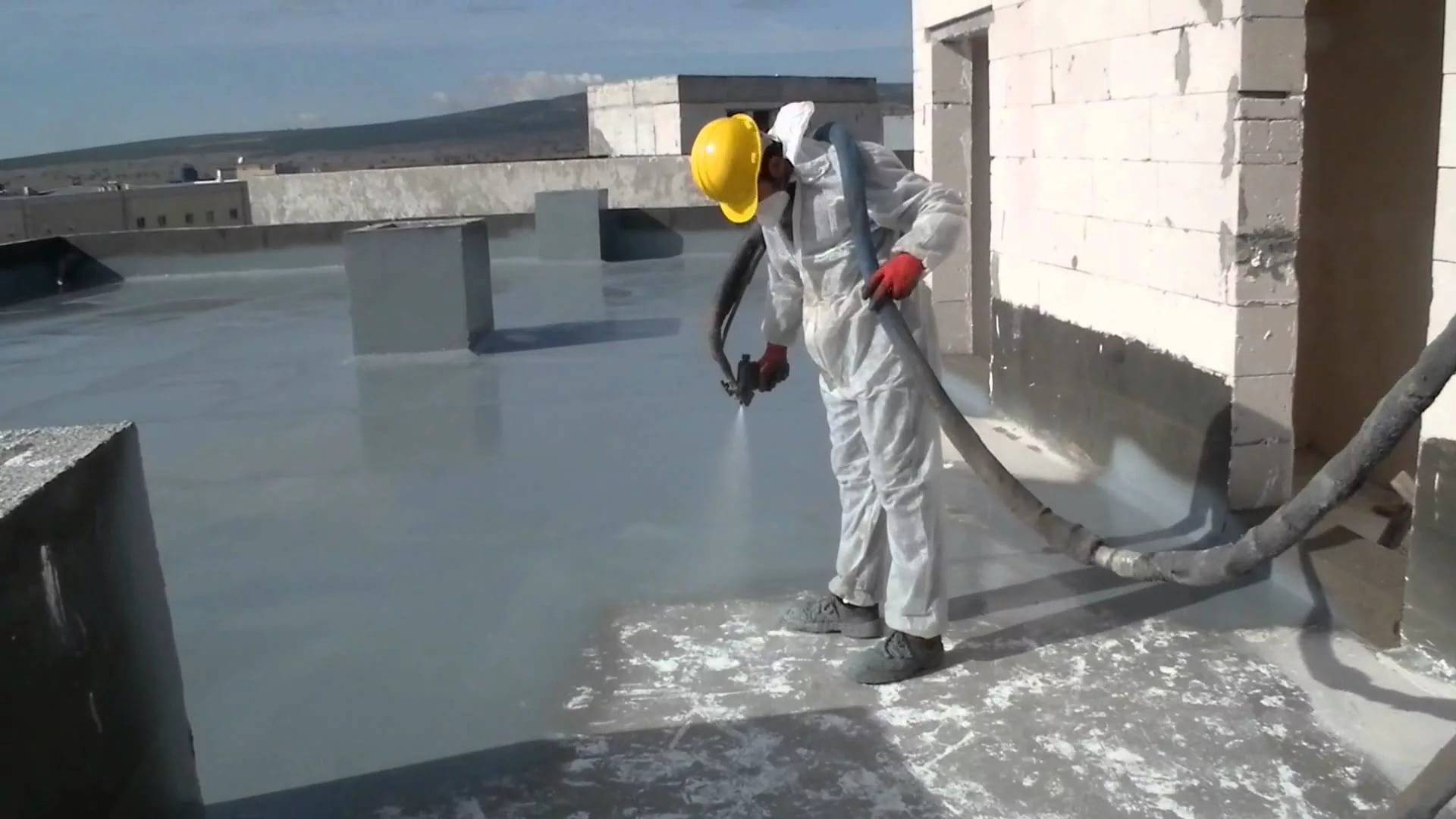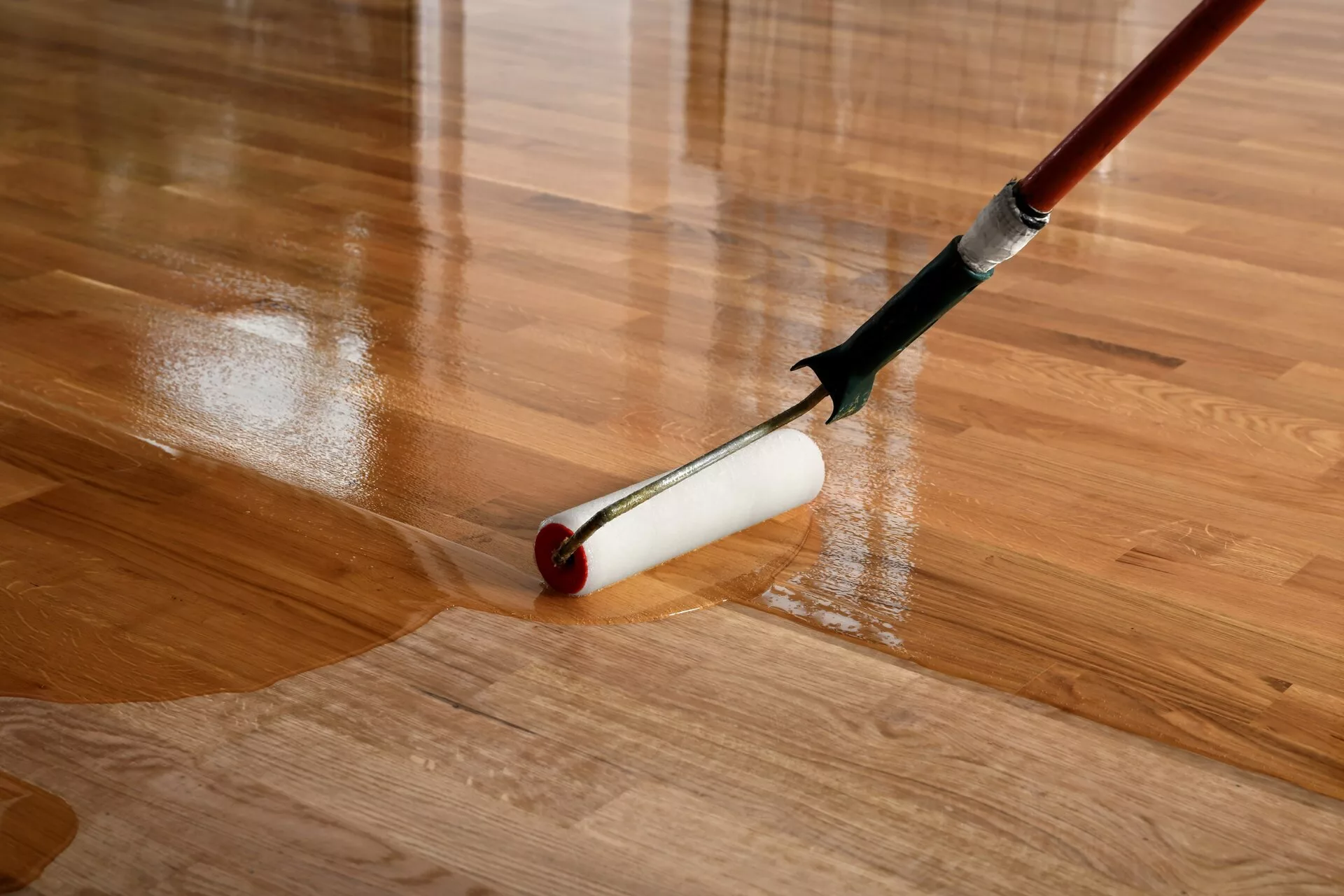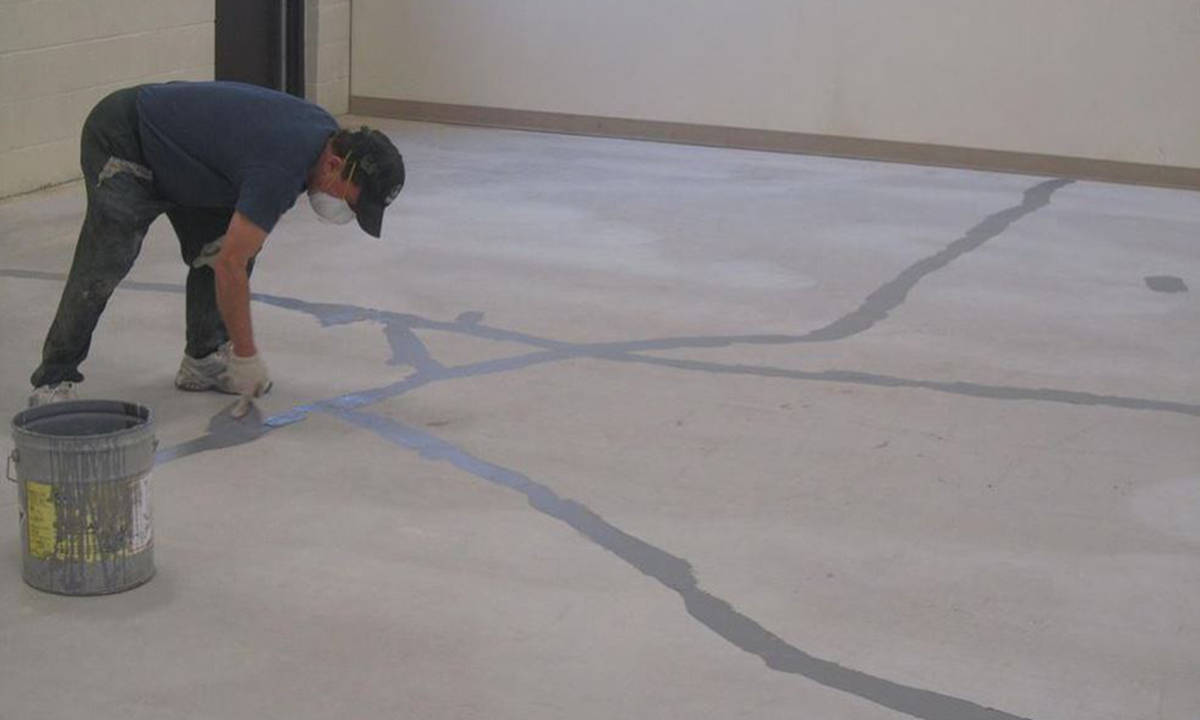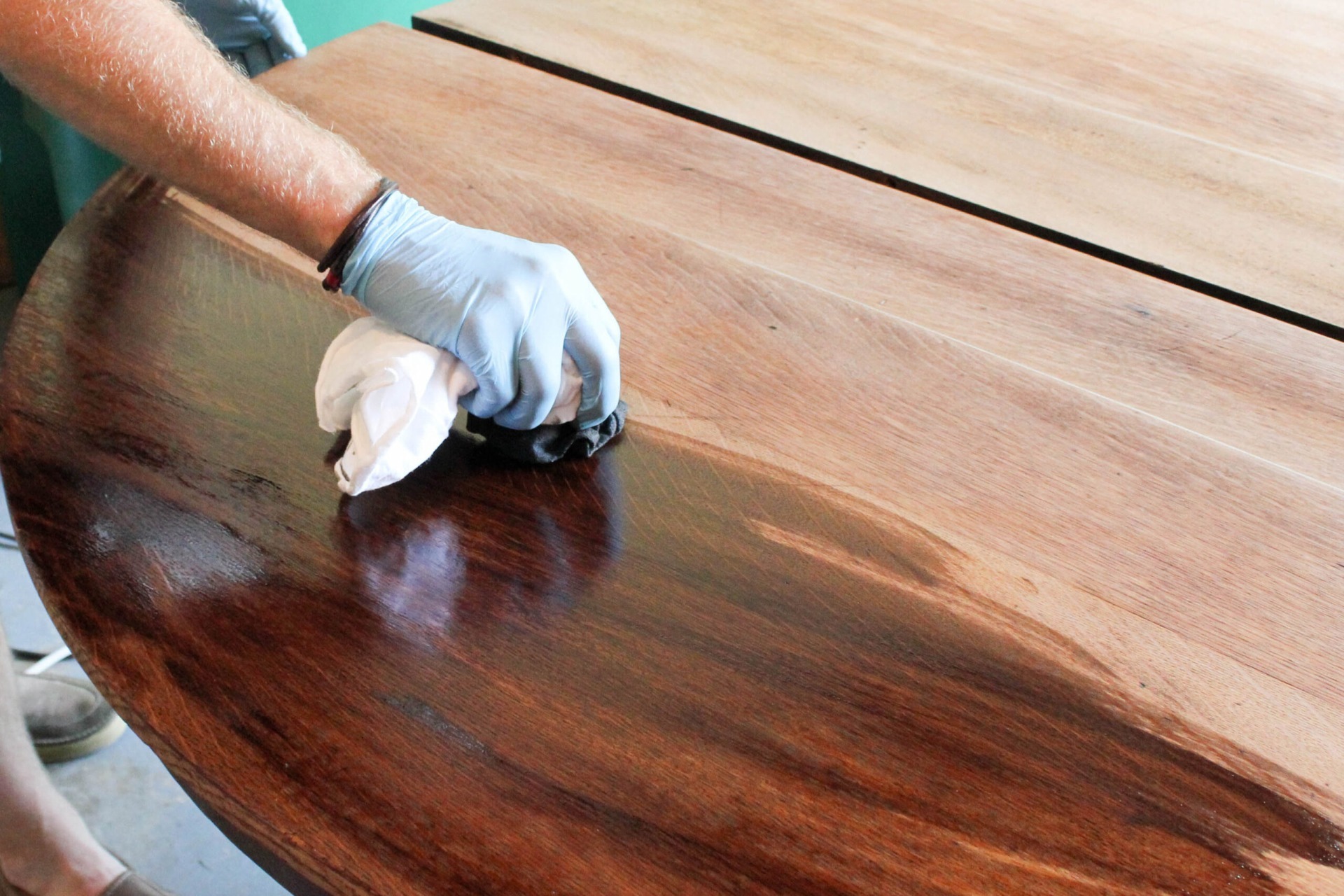How Anti-Static Spray Protects Electronics From Static Electricity
Special sprays help protect your electronics from static electricity. Static electricity is like a tiny shock you might feel when you touch something after rubbing your feet on the carpet. This small shock can build up and damage your gadgets if you’re not careful. The sprays work like a shield, making it harder for static electricity to form and harm your devices. By using these sprays, your electronics stay safer, and you don’t have to worry as much about static shocks causing any damage. It’s an easy and effective way to keep your gadgets protected from the effects of static electricity.
What Is Static Electricity?
Definition Of Static Electricity And How It Occurs
Static electricity is the build-up of an electric charge on the surface of an object. It happens when two materials rub against each other, causing electrons to move from one object to another. One object becomes positively charged, and the other becomes negatively charged. This imbalance of charge creates static electricity. When the objects touch again or get close to a conductor, the charge is released. This is called static discharge. It can happen naturally in dry environments or when you wear certain types of clothing. Static electricity is common, but it can cause problems. Using ESD coating for electronics helps protect devices from the harmful effects of static.
Examples Of Static Discharge In Daily Life
Static discharge happens when the electric charge built up on an object is released. You may feel a small shock when touching a doorknob or pulling off a sweater. This is static discharge. Other examples include the crackling sound from clothes in a dryer or seeing small sparks when touching metal after walking on a carpet. These are harmless, but static discharge can cause damage to sensitive electronics. That's why many companies use ESD coating for electronics to reduce the risk.
Related: Long Term Benefits of Anti-Static Floor Coatings
Explanation Of How Static Discharge Can Damage Sensitive Electronic Components
Static discharge can harm electronic components. It sends an unwanted electric current through them. These components are very small and sensitive, making them easy to damage with even a tiny shock. A static discharge can burn or destroy circuits inside a device, causing it to stop working. Handling electronics without care can lead to this type of damage. That’s why workers often wear special gear or use esd coating for electronics to prevent static from building up. This coating helps protect the devices, keeping them safe from sudden electrical shocks.
How Do Anti-Static Coating Sprays Work?
Overview Of Anti-Static Coating Sprays
Anti-static coating sprays are used to reduce or stop static electricity. They are often applied to surfaces like plastic, glass, or metal to prevent static buildup. Static electricity can cause dust to stick to surfaces or even damage sensitive electronics. These sprays work by creating a thin layer that helps release or spread out electrical charges. They are used in many industries, including electronics, textiles, and packaging. ESD coating for plastic is an anti-static spray. It protects plastic surfaces from static electricity.
Explanation Of How These Sprays Neutralize Or Reduce Static Electricity
Anti-static sprays work by changing how surfaces handle electrical charges. Normally, some materials hold onto electrical charges, which leads to static buildup. When you spray the anti-static coating, it helps the charges spread out or move off the surface. This reduces the chances of a static shock. ESD coating for plastic helps protect plastic surfaces by keeping the charges from building up. This is important, especially in areas with sensitive electronics, where static can cause harm.
Different Types Of Anti-Static Sprays Available In The Market
There are different types of anti-static sprays available. Some sprays are made for specific materials like plastics, fabrics, or floors. ESD coating for plastic is one type of spray used on plastic surfaces. Other sprays are designed to be temporary, needing re-application, while some are long-lasting. Some anti-static sprays are safe for sensitive electronics. Others are better for larger areas, like industrial floors. You can choose the right type of spray based on your needs.
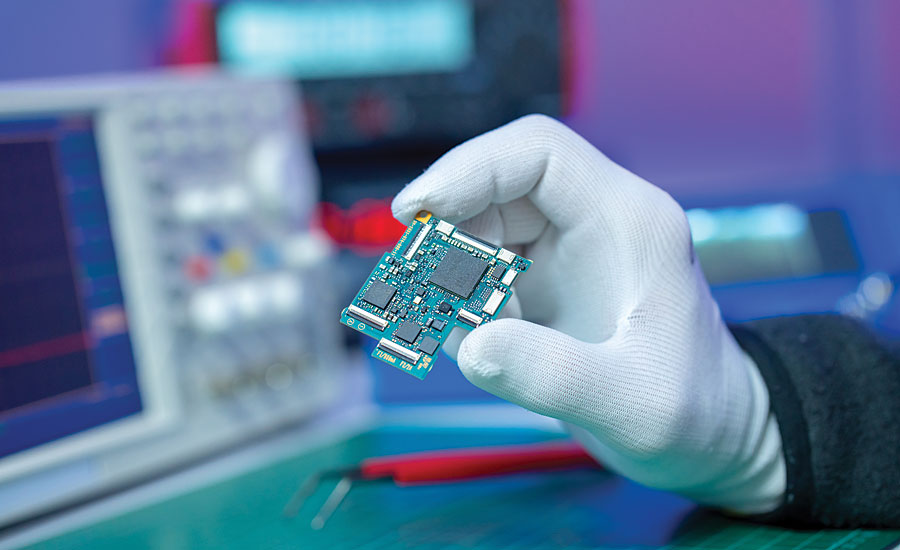
Applications Of Anti-Static Coating Spray On Electronics
Common Uses Of Anti-Static Sprays In Electronic Environments
Anti-static sprays are widely used in environments where electronics are handled. These sprays help reduce static electricity, which can damage sensitive components. Anti static floor coating is often applied to floors in server rooms or labs. This helps to keep the area free from static buildup. The sprays can also be used on surfaces like tables, chairs, and storage units. Using anti-static sprays ensures that people and objects do not carry a charge that could harm electronics. These sprays work by creating a protective layer that helps prevent static from building up. ESD coating for metal is another common solution for metal surfaces in these environments.
Specific Examples Where They Are Applied
Anti-static sprays are used in many places, such as workstations and production lines. For example, they are often sprayed on tools and surfaces where electronic components are assembled. ESD coating for metal is used on metal shelves or equipment that store sensitive electronics. Personal electronics, like phones or computers, can also benefit from anti-static treatment. In factories, these sprays are used on assembly lines to avoid any static discharge during production. The spray protects components from sudden static shocks, which can harm their performance.
Safety Measures And Frequency Of Use
When using anti-static sprays, safety comes first. It is important to follow instructions and wear protective gear, like gloves and goggles. These sprays should not be used near open flames. The area should also be well-ventilated. Anti-static sprays should be applied regularly, depending on the environment. In high-traffic areas, reapplication might be needed more often. It is important to check the effectiveness of the spray. For metal surfaces, ESD coating for metal can provide long-lasting protection. Regular cleaning and reapplication ensure continued safety and performance of electronics.
Effectiveness Of Anti-Static Coating Spray For Protecting Electronics
Anti-static sprays are commonly used to protect electronic devices. These sprays help by creating a thin layer on the surface of electronics. This layer reduces the chances of static electricity building up. Static can harm sensitive parts inside the device. By using an anti-static coating, the risk of static shocks is reduced. This keeps the device safe. People often use esd coating for electronics to protect equipment like computers, phones, and circuit boards. It's a simple and fast way to add an extra layer of protection. Many users report good results when they apply these sprays.
Discussion Of Their Effectiveness In Preventing Static Buildup
Anti-static sprays are effective at reducing static buildup on surfaces. When applied, the coating changes the way a surface attracts and holds onto static charges. It makes the surface less likely to hold electrical charges. Esd coating for electronics is specifically designed to stop static electricity. This prevents damage to the internal parts of electronics. The spray can be used on different materials, including plastic, metal, and glass. It is especially useful in dry environments where static buildup is common. With regular use, the risk of damage from static electricity is reduced.
Real-Life Examples Or Studies Supporting Their Use
Several studies show the effectiveness of anti-static sprays. Many people use esd coating for electronics to protect valuable devices. For example, in factories, workers often use anti-static sprays on assembly lines. This helps protect delicate electronics from static shocks. Some schools and labs also use these sprays to protect their equipment. One study showed that using an anti-static spray on computers reduced static-related malfunctions by 80%. In real-world situations, anti-static sprays have proven to be a reliable way to protect electronics.
Limitations Of Anti-Static Coating Sprays
Situations Where Anti-Static Sprays May Not Be Enough
Anti-static coating sprays are helpful, but they don't always solve all problems. For example, in places with very high static, like clean rooms or areas with sensitive electronics, these sprays may not be enough. The coating might wear off or be less effective over time. Also, if the surface is very dirty or greasy, the spray won’t work well. It is also not ideal for large areas where static is a big problem.
Other Protective Measures To Consider (E.G., Grounding, Anti-Static Mats)
To better control static, other measures can be used. Grounding helps by connecting equipment to the ground, which reduces static build-up. Anti-static mats can be placed on floors or work surfaces to absorb static. Using both grounding and mats together with ESD coating for plastics provides better protection. It is good to combine these methods for the best results.
Factors That Could Reduce The Spray’s Effectiveness (E.G., Environmental Conditions)
Several factors can make anti-static sprays less effective. High humidity can reduce the spray's ability to prevent static. Similarly, if the spray is exposed to extreme temperatures, it might not work well. Dust and dirt on the surface can also prevent the spray from sticking properly. Regular cleaning and maintenance of the coated surfaces help keep the ESD coating for plastics effective.
Additional Ways To Protect Electronics From Static Damage
Alternative Or Complementary Solutions To Anti-Static Sprays
Anti-static sprays are useful, but there are other ways to protect electronics from static damage. ESD coating for metal can be applied to surfaces where electronics are handled. These coatings help reduce static electricity build-up. Another option is using anti-static mats. These mats ground static charges safely. You can also use anti-static wrist straps when working with electronics. They help to prevent static from transferring to your devices.
Proper Storage, Handling, And Use Of Electronics To Avoid Static Discharge
To avoid static discharge, store electronics in anti-static bags or containers. Keep them in a dry environment. When handling electronics, avoid touching sensitive parts directly. Always work on anti-static mats to minimize static risk. Use gloves if possible. When you use electronics, keep them away from static-prone areas. This helps to keep them safe from static damage.
Importance Of Regular Maintenance
Regular maintenance is key to protecting electronics from static damage. Check for and repair any wear on anti-static mats and ESD coating for metal surfaces. Clean electronics gently to remove dust that can attract static. Inspect storage areas for signs of static build-up. Regular checks ensure that protective measures remain effective. Keeping up with maintenance helps prevent long-term damage and keeps electronics running smoothly.



